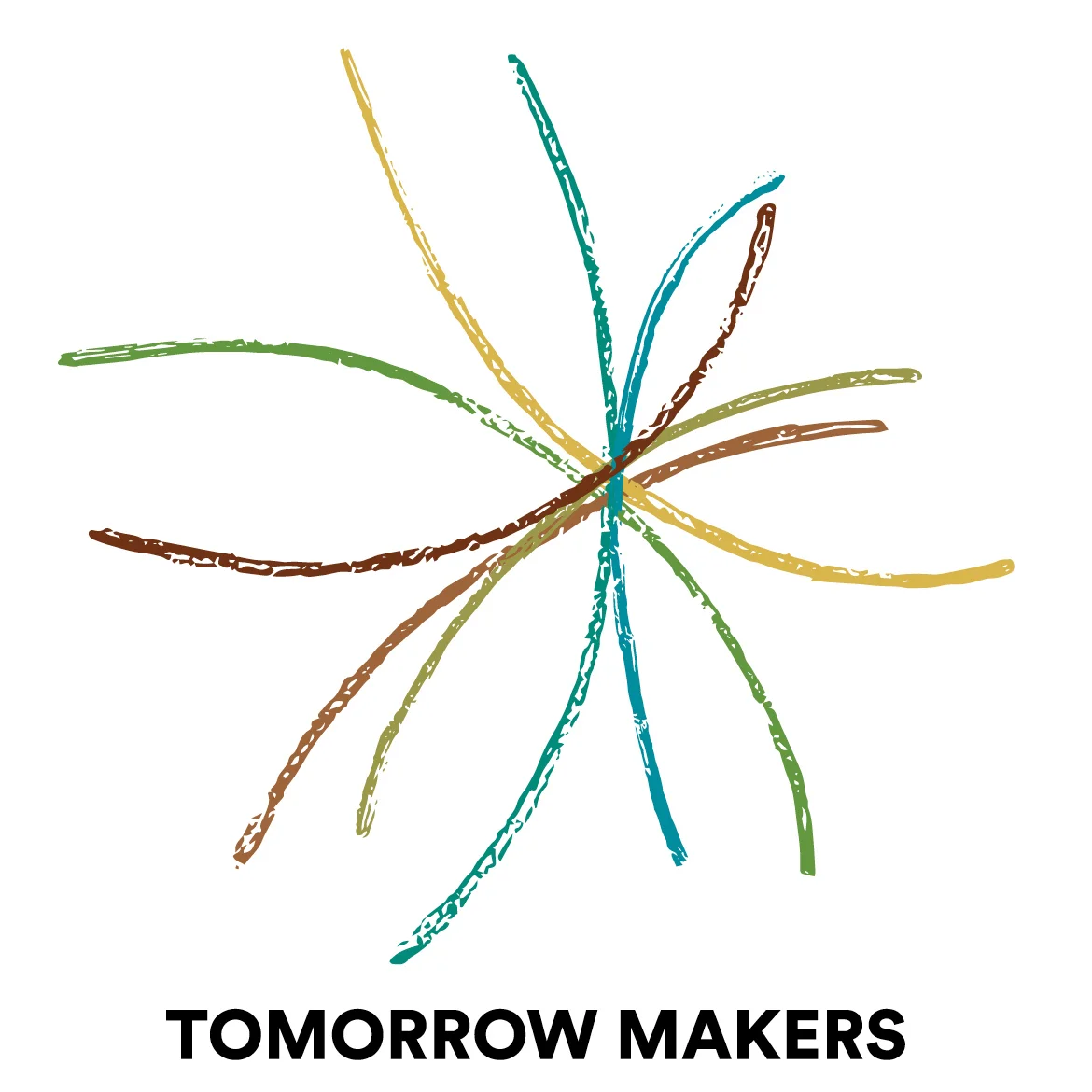Resilience
/The Resilience Alliance defines resilience as “the capacity of an ecosystem to tolerate disturbance without collapsing into a qualitatively different state that is controlled by a different set of processes. A resilient ecosystem can withstand shocks and rebuild itself when necessary. Resilience in social systems has the added capacity of humans to anticipate and plan for the future. Humans are part of the natural world. We depend on ecological systems for our survival and we continuously impact the ecosystems in which we live from the local to global scale. Resilience is a property of these linked social-ecological systems (SES).
"Resilience" as applied to ecosystems, or to integrated systems of people and the natural environment, has three defining characteristics:
• The amount of change the system can undergo and still retain the same controls on
function and structure
• The degree to which the system is capable of self-organization
• The ability to build and increase the capacity for learning and adaptation.”
